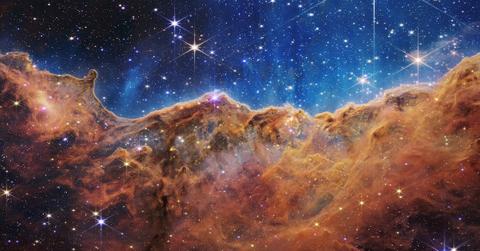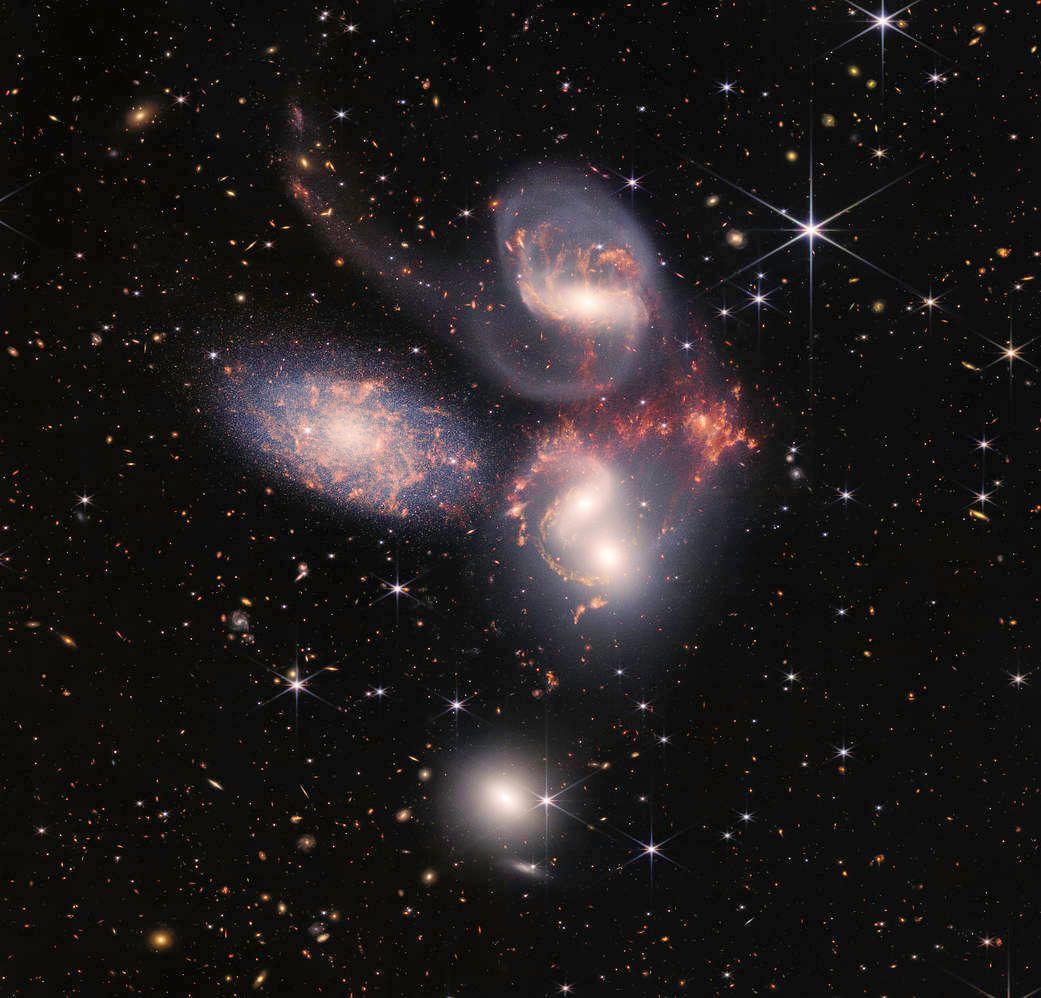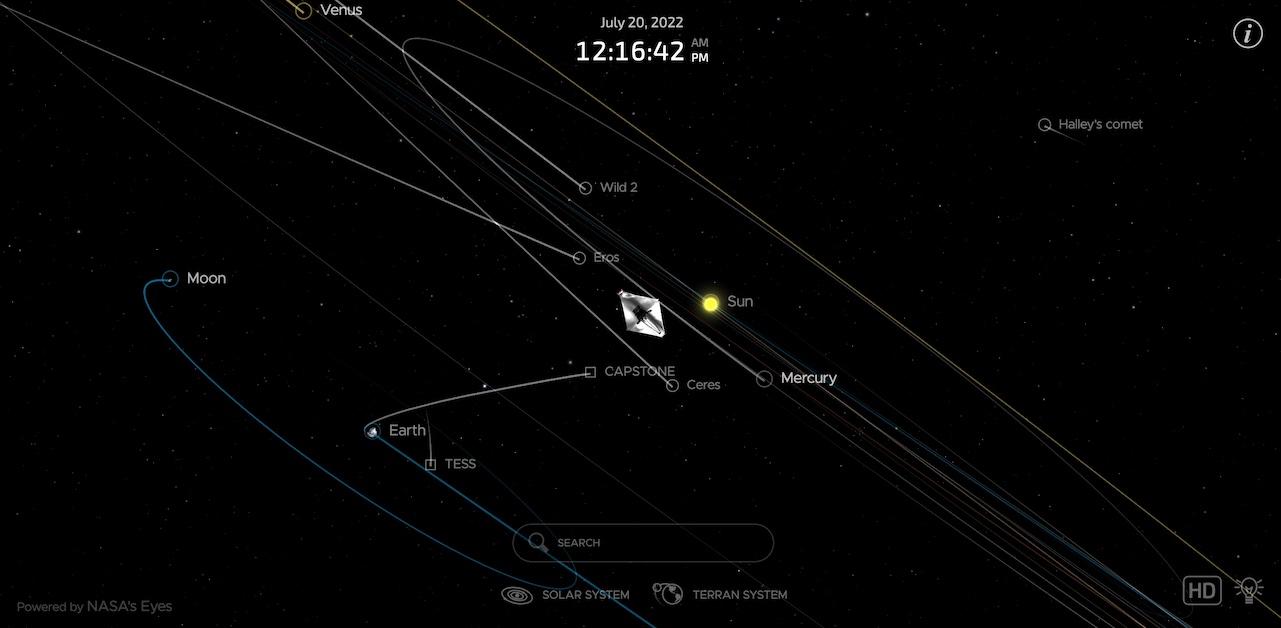Micrometeoroid Strike Causes Damage to James Webb Telescope
Published July 20 2022, 12:49 p.m. ET

Cosmic Cliffs, captured by the James Webb Space Telescope.
Last week, the world was mesmerized by five stunning photos captured by the James Webb Space Telescope, leaving many of us Earth-dwellers excited to see what other images the telescope would produce in the future. Unfortunately, people are worried that there could be some delays on that front, as there has been some damage to the James Webb Telescope.
Will this damage affect the James Webb Space Telescope’s ability to take images? Here’s what we know about the micrometeoroid strike — as well as a look into how you can track the location of the James Webb Space Telescope whenever you want!
A micrometeoroid hit the James Webb Space Telescope, causing damage.
On July 12, 2022, researchers from NASA, the European Space Agency, and the Canadian Space Agency published a (not yet peer-reviewed) report on arXiv.org, in which they assessed the performance of the telescope over the past six or so months. The telescope first launched in December 2021.
According to the report, in May 2021, a micrometeoroid (a tiny rock particle in space) struck one of the James Webb Space Telescope’s mirrors, known as segment C3. This caused “significant uncorrectable change” to the mirror.

Stephan’s Quintet, captured by the James Webb Space Telescope.
The report noted that this only damaged a very small area of the telescope overall, and even though it cannot be fully repaired, workers were able to realign the mirror to sit about 5 to 10 nm rms (nanometers of root mean square of a surface, which measures surface roughness) above the previous values.
This was one of six micrometeoroid strikes to affect the telescope since launch, but the only one to cause a significant impact.
According to Live Science, the affected mirror is one of the telescope’s 18 gold-plated mirrors. Additionally, the micrometeoroid in question was actually one of a total of at least 19 space rocks that hit the telescope between February and May of 2022 — but as this rock was a bit bigger, it was the only one that caused injury to the telescope.
Will the micrometeoroid affect the James Webb Space Telescope’s abilities?
The good news is, this hiccup should not get in the way of the James Webb Space Telescope’s ability to function or capture more images. “Almost across the board, the science performance of JWST is better than expected,” the report reads. “In most cases, JWST will go deeper faster than expected. In addition, JWST has enough propellant onboard to last at least 20 years.”
In fact, the team prepared for micrometeoroid strikes when constructing the telescope. “Inevitably, any spacecraft will encounter micrometeoroids,” the report states, adding that the frequency of approximately one strike per month “was consistent with pre-launch expectations.”
Where is the James Webb Space Telescope now? You can track it 24/7.
On NASA’s website, there is a “Where Is Webb?” page, where visitors can track the current location of the James Webb Space Telescope. On that page, tap the “Webb in 3D Solar System” button, where you will then see a simulated view of the solar system, which shows the actual current positions of JWST, the planets, and moons.
Powered by NASA’s Eyes, the map is interactive, allowing you to view the telescope from all angles, and to see where it is at any given moment. According to NASA, the James Webb Space Telescope currently orbits the sun at a point called the second Lagrange point (L2), located about 1 million miles away from the Earth.
